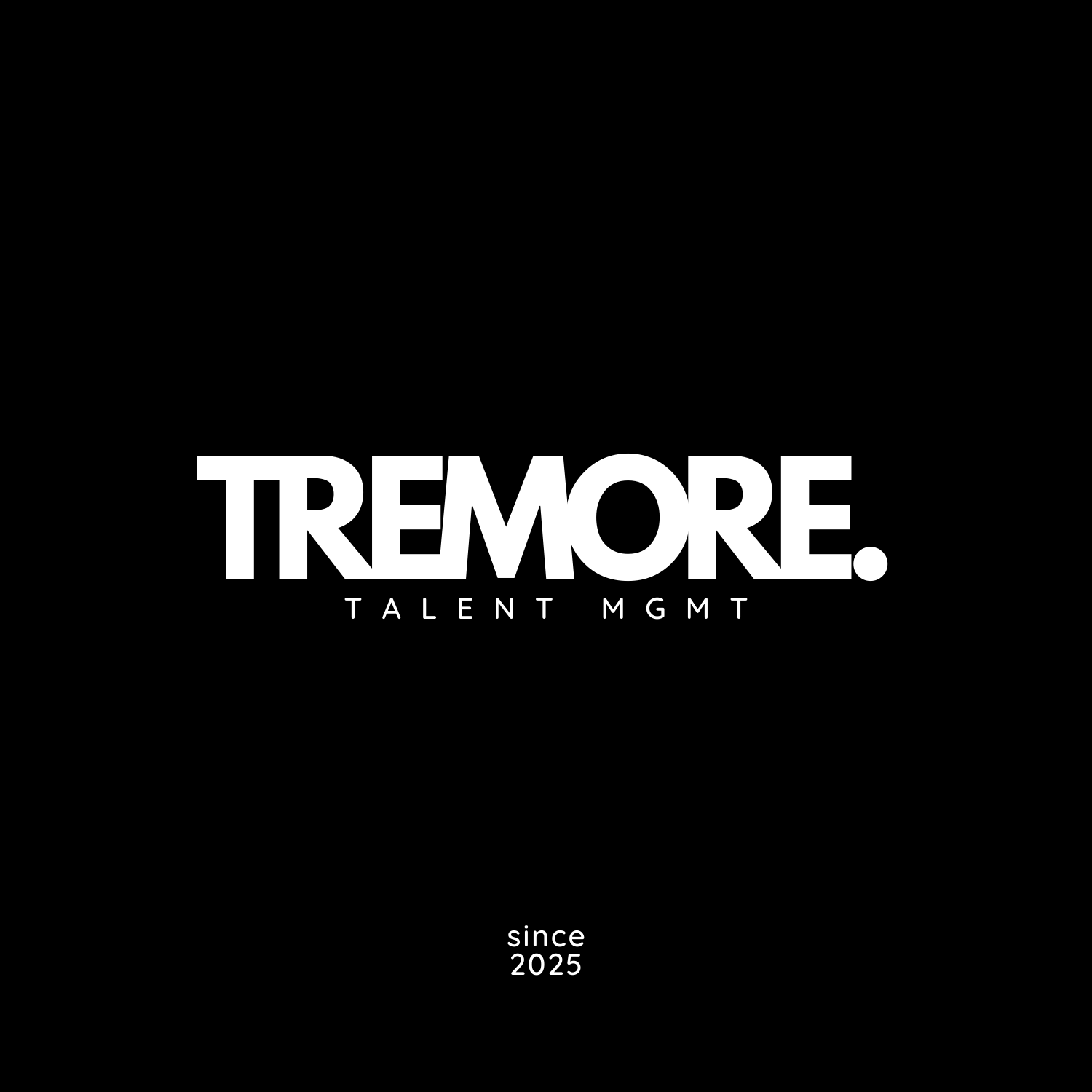The Evolution Of Modern Athletes: From Players To Brand
There was a time when an athlete’s story began and ended on the field. When their worth was measured in trophies, medals, and match-winning moments.
That time is over.
Today, the world’s greatest athletes are more than competitors — they’re brands, businesses, and voices of culture. Their reach extends far beyond the scoreboard, shaping industries, influencing movements, and redefining what it means to win.
From Endorsement to Ownership
The transformation didn’t happen overnight. Decades ago, endorsement deals were simple: a face, a logo, a handshake. But somewhere between Michael Jordan’s first Nike contract and LeBron James’ SpringHill Company, a new playbook emerged — one where athletes stopped renting their image and started owning their influence.
Cristiano Ronaldo’s CR7 line is no longer just a collection of products; it’s a lifestyle empire spanning fashion, fitness, and hospitality. Serena Williams built a venture fund that invests in underrepresented founders, proving that athletic excellence and business acumen can coexist. David Beckham’s Inter Miami turned a retired icon into a football mogul — and a national brand for the U.S. market.
These are not anomalies. They’re blueprints.
The Power Shift
For decades, brands defined athletes. Now, athletes define brands.
Social media turned visibility into sovereignty. One authentic post can create more impact than a multimillion-dollar campaign. And audiences aren’t just watching — they’re following, trusting, and buying into the people behind the jerseys.
The modern fan doesn’t want perfection; they want connection. They want values, stories, and realness. Athletes deliver that in ways corporations never could.
That’s why the smartest brands no longer sponsor athletes — they partner with them.
Beyond the Game
Today’s athletes don’t just compete; they contribute. They speak up, invest, and create. They sit in boardrooms, start foundations, and front global campaigns.
When Naomi Osaka opened conversations about mental health, she didn’t just influence tennis — she changed how sports view vulnerability. When Marcus Rashford fought child hunger, he transcended football and entered the realm of statesmanship. When Lionel Messi joined Inter Miami, he didn’t just sign a contract; he transformed a league.
Each move rippled through economies, media, and culture.
What This Means for Brands
For brands, the message is clear: authenticity wins.
The era of transactional sponsorships is fading. The future lies in alignment — shared beliefs, genuine storytelling, and a sense of purpose. Consumers see through everything except truth.
A great athlete partnership today is not about buying visibility. It’s about borrowing credibility — and giving it back multiplied.
Tremore’s View
At Tremore, we stand at this intersection of talent, brand, and influence.
We don’t just manage careers; we craft legacies. We don’t just build sponsorships; we build stories that endure. Because representation is no longer about negotiation — it’s about vision.
The modern athlete is not just playing the game anymore. They’re shaping it. And at Tremore, we make sure they own it.
